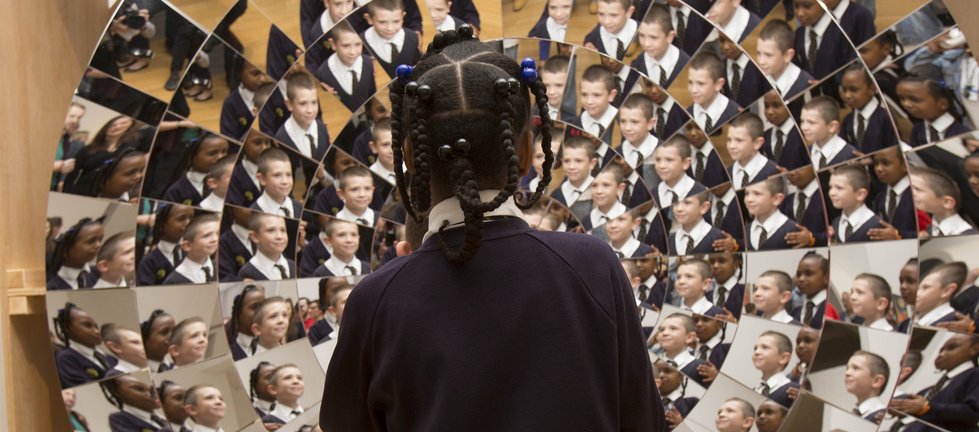The aim was to develop a new resource for primary schools called 7 questions to explore before you leave primary school. It’s a series of videos which invite primary teachers and their students to explore and investigate science topics and themes in creative and imaginative ways.
The questions, which include – What does sound look like? What would life be like without electricity? Where does the sun go at night? have been designed to inspire students to explore the world around them. Each question, which can be used either as part of a lesson or as the start of a full topic of work, encourages students to use their creative thinking, observation and communication skills to explore the science in their everyday lives by making links to art or design and where possible to other subjects such as history or literacy.

At the Science Museum, our learning vision and approach is to enrich the lives of a large and diverse audience by igniting their curiosity in science. All of our learning and engagement experiences, including our resources, are designed to create a sense of wonder in science through active participation and social interaction to help people learn and discover new things in surprising and imaginative ways.
An example of this can be found in the Science Museum’s new Wonderlab: The Statoil Gallery, where we filmed the 7 questions videos. It is a gallery designed to reveal the science and maths that shape our everyday lives across seven curriculum-themed zones (Forces, Electricity, Light, Sound, Matter, Space and Maths). Alongside the interactive exhibits in the gallery sit artworks, including a striking piece by Will Yates-Johnson, one of the presenters you will meet in the 7 Questions films.

So, why is this approach so important? We know through the science capital research that not everyone engages with science. That for some, science is perceived as being abstract and theoretical, has little real life application and is suited only for the very bright – it is not what ‘normal’ people do. We need to equip young people for their future lives and draw upon their talents to help us drive innovation and solve the big challenges that our society will face in the future. To do this, both arts and sciences work hand in hand and that’s why I hope we can provide more learning experiences that can help all children today to recognise that.
Understanding what the challenges and issues people have engaging with science is driving the work that we are doing at the Science Museum. The perception that somehow arts and sciences are different seems to be a common reason why many young people do not see that science is a subject for them. Jobs and careers in music, art and design are a more appealing aspiration for their future, but all these jobs use science too. We need to communicate that science is more than a set of rules and facts; it is a way of thinking about and explaining the world around us, asking questions about how things work and being creative, which, ultimately will lead us to discover incredible things.
I see evidence and examples of this every day. One of the things that I love most about working at the Science Museum is walking through our exhibitions past some awe-inspiring objects. All of them are examples of how science and technology have shaped our everyday lives, and when you take time to look and think about them, they reveal stories of passion, imagination and the creativity of the people who have shaped the world we live in.
This is why 7 questions to explore before you leave primary school is such an exciting new resource for teachers and students. I hope it will encourage all young people to use their wonder and imagination and see what they discover next.
What do you think the challenges and opportunities of bringing arts and science subjects together are for schools?